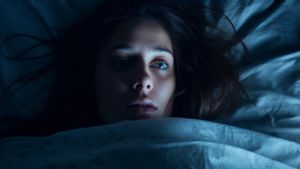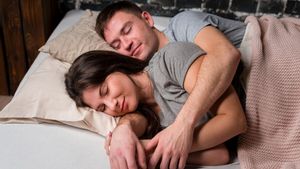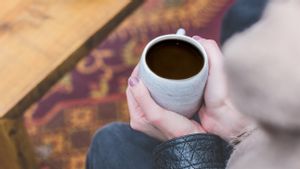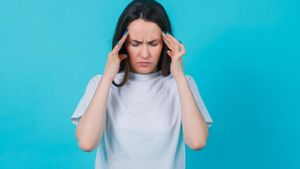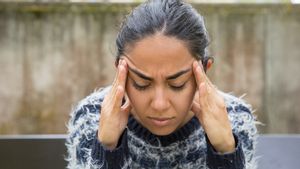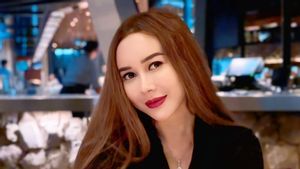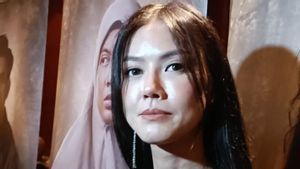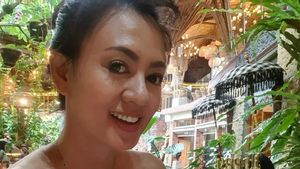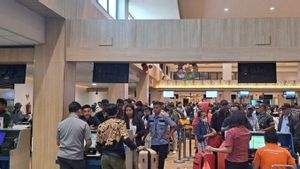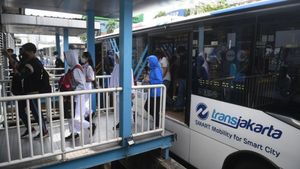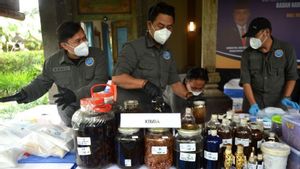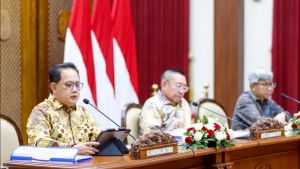YOGYAKARTA Disomnia is a group of sleep disorders that affect time, sleep quality, and sleep quantity. Dysomnia includes primary sleep disorders, in addition to parasomnia. The cause is not due to health conditions such as secondary sleep disorders experienced by people with depression, stroke, joint inflammation, asthma, and thyroid problems.
Disomnia is characterized by difficulty sleeping or staying asleep. Common symptoms include not feeling enough rest or experiencing extreme sleepiness during the day. The types of dysomnia are categorized as three, including:
Insomnia is often known as sleep disorders, including intrinsic sleep disorders. Symptoms are difficult to fall asleep, wake up at night, or wake up too early, and feel tired when waking up. Insomnia is often caused by stress or emotional stress.
Another intrinsic sleep disorder, called narkolepsy. Narcolepsy is caused by neurological conditions that can interfere with the ability of the brain to control the sleep-building cycle. In addition to narkolepsy, hypersomnia also includes intrinsic sleep disorders which are characterized by extreme drowsiness during the day even though they are able to sleep enough at night. In addition to the three types of intrinsic dysomnia, obstructional sleep apnea, restless leg syndrome, and periodic leg movement disorders, also include intrinsic sleep disorders.
For extrinsic types of dysomnia, including poor sleep hygiene and night dinner syndrome or called nocturnal eating syndrome (NES) which causes a person to wake up from night sleep to eat and cannot return to sleep unless eating something. Well, this condition is feared to increase the risk of obesity, diabetes, and high blood pressure.
Circadian rhythm sleep disorders, usually experienced by night shift workers, jet lag disorders after traveling over more than two time zones, delayed sleep phase syndrome that usually attacks teens, and advanced sleeping phase syndrome that causes sleep and waking early compared to most people. Plus, sleep-building disorders are non-24 hours experienced by people who have the same sleep time per day but the internal hours of the leih are short or longer than 24 hours.
SEE ALSO:
To diagnose dysomnia, health care providers such as sleep specialists will interview by providing a number of questions, reviewing personal and family health history, physical examinations, conducting sleep studies or monitoring various biological parameters during sleep. Treatment to treat sleep disorders or dysomnia, can be done with cognitive behavioral therapy, relaxational exercises, bright light therapy, and provides specific prescription drugs according to diagnosis.
The English, Chinese, Japanese, Arabic, and French versions are automatically generated by the AI. So there may still be inaccuracies in translating, please always see Indonesian as our main language. (system supported by DigitalSiber.id)



